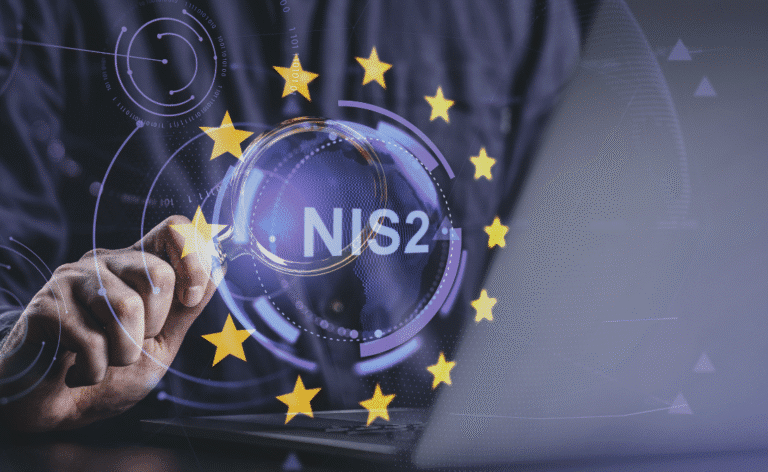Kubernetes Security: Best Practices for Protecting Container Environments
30. September 2025
Over the past years, container technologies have become the standard for running modern applications. Kubernetes (or K8s) as an orchestration platform delivers immense flexibility and scalability, but it also introduces new attack surfaces. With increasing regulatory requirements and evolving threat scenarios, it is critical to embed security into the architecture from the start. Organizations running Kubernetes in production must therefore develop a multi-layered security approach that combines technical safeguards, organizational processes, and continuous monitoring.
Core Principles of Kubernetes Security
Three guiding principles form the foundation of a strong security strategy:
- Defense in Depth – protection mechanisms should be implemented across multiple layers, from infrastructure down to the application.
- Least Privilege – users, services, and containers should only be granted the permissions they strictly need.
- Zero Trust – no interaction is inherently trusted; verification is always required.
These principles establish the basis for implementing specific security measures, reducing risk, and containing the impact of potential attacks.
Securing Key Areas
Cluster Security
The cluster itself is particularly critical. A compromised control plane threatens all workloads. Best practices include enforcing TLS encryption for API server communication, implementing fine-grained role-based access controls, hardening nodes according to established benchmarks, and encrypting ETCD data at rest.
Container Security
Equally important is container security. Vulnerable images or excessive privileges in pods are common entry points. Continuous vulnerability scanning of container images, enforcing policies such as non-root execution, and removing unnecessary Linux capabilities significantly reduce risk.
Network Security
The network is another major attack vector. A restrictive approach works best: network policies should deny traffic by default, only allowing explicitly permitted connections. Service meshes like Istio can provide end-to-end encryption between services. Web application firewalls or rate limiting on ingress further enhance protection against external threats.
Protecting Sensitive Data
Sensitive information must never be stored in container images or application code. Instead, external key and secret management systems (KMS) should be used, combined with encryption in transit and at rest, ensuring reliable protection of confidential data.
OpenShift: Added Value for Enterprise Security
While Kubernetes already provides strong security mechanisms, platforms like Red Hat OpenShift bring added benefits for enterprise environments by integrating advanced security features and reducing operational overhead. Examples include Security Context Constraints for more granular pod control, route-based ingress with automated TLS, and a built-in registry with scanning and signing capabilities.
OpenShift further enhances enterprise readiness with features such as Advanced Cluster Security (ACS) for runtime threat detection, a Compliance Operator for automated audits against CIS, PCI-DSS, or FedRAMP standards, and a File Integrity Operator to monitor critical system files. The Machine Config Operator ensures centralized node hardening.
Operationally, automated updates improve availability while ensuring timely patching. Support for FIPS-compliant cryptography, strong multi-tenancy, and integration with enterprise directory services such as LDAP or Active Directory simplify regulatory compliance.
Preparing for Kubernetes Compliance 2026
Security should be seen as an ongoing process. A structured roadmap might include:
- Defining a holistic security strategy, from governance to incident response
- Conducting regular audits to align with compliance frameworks
- Applying a shift-left approach by embedding automated security tests in development
- Operationalizing security as a core element of DevOps workflows
Kubernetes Security as a Business Enabler
A systematic approach to Kubernetes security not only protects against attacks but also builds trust with customers and partners while ensuring regulatory compliance. Platforms like OpenShift help enterprises implement these requirements efficiently and combine robust security with operational benefits. Security thus evolves from a compliance obligation to an enabler of digital innovation and resilient business models.






